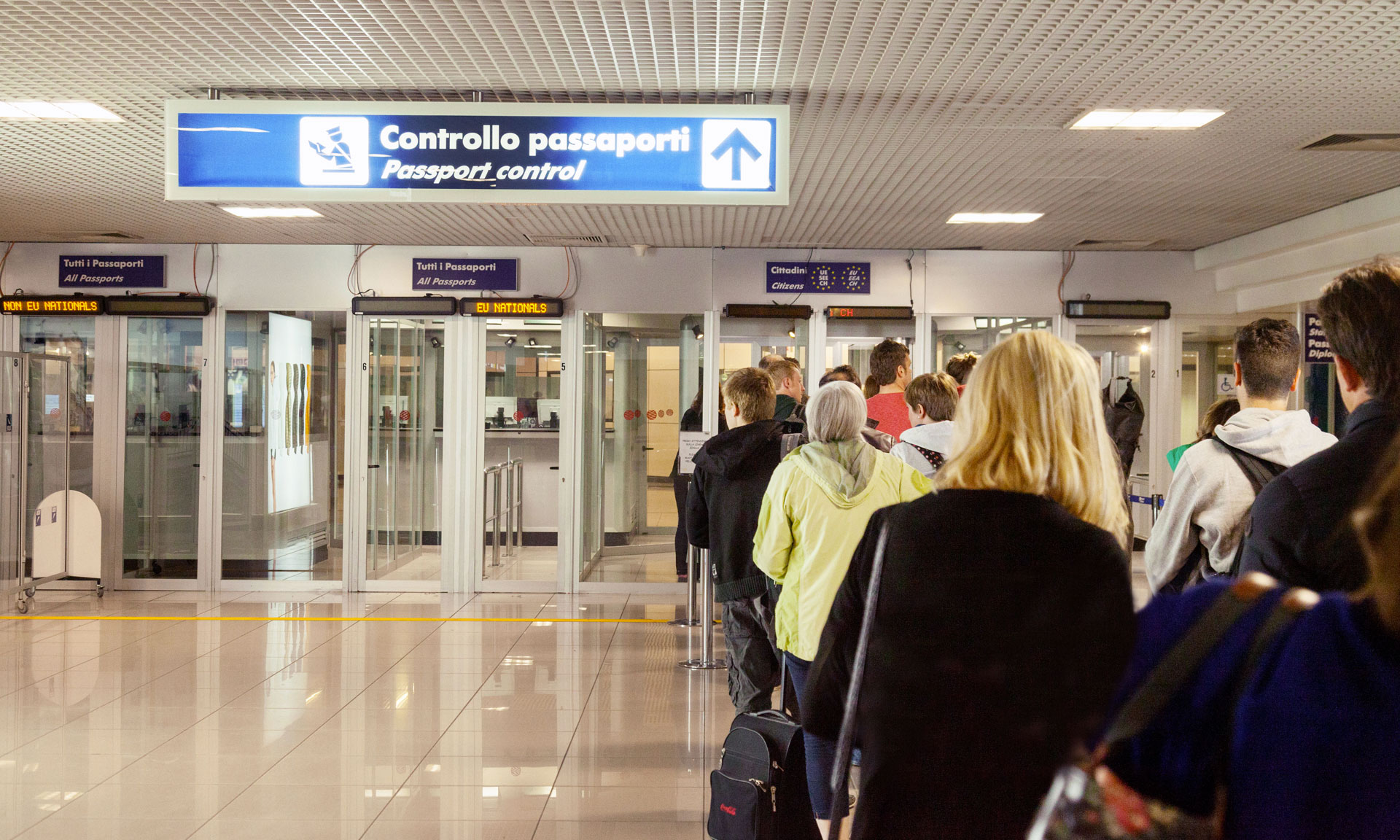
Get a year of super-useful advice
Who to book with, how to get the best deals plus inspiring destination ideas from the experts, for only £36.75 for the year – that’s 25% off.
Join Which? TravelOffer ends 8th January 2026

If you’re planning a trip to a European country such as Spain, France, Portugal or Italy, you may have heard about new travel rules coming into effect for UK visitors in 2025 and 2026.
The first change is the Entry/Exit System (EES), the EU’s new biometric border checks, which launched on 12 October 2025 and will be rolled out gradually until April 2026.
The second is the European Travel Information and Authorisation System (Etias), a new visa-waiver scheme. It’s similar to schemes you may have encountered when visiting the US, Australia and Canada.
From 2026, all UK passport holders will need an Etias to enter the Schengen area (ie most European countries) for holidays. It is expected to launch at the end of 2026 and will require UK holidaymakers to apply online and pay a fee of €20 (around £17) before travelling. The authorisation is expected to be valid for three years, or until your passport expires.
Read on to find out more about Etias, how the system will work, and what UK travellers need to prepare for ahead of their next trip to a country in the EU.
Similar to the US Esta system, Etias will require citizens from 63 visa-exempt countries to apply for an electronic authorisation to visit the Schengen Area.
No. The Etias system won’t be in place until late 2026, after which there will be grace periods.
Just make sure your passport is in date, and that you’re respecting the 90-day rule.
In the future, yes. This the UK is considered a 'third country' since Brexit, meaning UK travellers will need an Etias to travel to Schengen-area countries after the scheme launches in late 2026.
UK citizens with dual nationality (for example, those with Irish passports) can travel visa-free using their EU passport as usual, and won’t need to apply for an Etias.

Who to book with, how to get the best deals plus inspiring destination ideas from the experts, for only £36.75 for the year – that’s 25% off.
Join Which? TravelOffer ends 8th January 2026
It’s expected to cost €20 (around £17) for all travellers between the ages of 18 and 70. Children's travel authorisations will be free.
When this scheme was first proposed, the fee was set at €7 (£6). It has since almost tripled in price.
An Etias travel authorisation will be valid for three years, or until the expiry date of your passport. British passport holders can stay in the Schengen area for up to 90 days within a 180-day period. You still need a visa for longer stays.
The launch of Etias has also been postponed several times, and there is still no set launch date, though the European Commission expects the scheme to start within the last few months of 2026.
This is because the Etias system will rely on information from the new EES border checks, due to be fully rolled out by April 2026.
When Etias launches, there will be a ‘transition period’ of at least six months, where it will not yet be mandatory for British travellers to have an Etias when entering the EU, provided that they meet all remaining entry conditions. It's not yet clear whether travellers will need to prove that they have applied for an Etias during the grace period.
After that, there will be another grace period, again of at least six months. During this time, only travellers entering Schengen countries for the first time since the end of the transition period will be allowed to enter without an Etias. All other travellers will be refused entry without one.
After that, probably sometime in 2027, all UK passport holders will need a visa waiver to visit any countries in Europe’s passport-free zone, the Schengen area.
Is your passport valid for travel to Europe? We unpack the post-Brexit rules.
UK passport holders will have to fill in an online application form via the official Etias website or app and upload a photo of their passport. The European Commission has promised that most travellers will receive their visa waiver within minutes. If further checks are needed, it could take up to 30 days.
It's not currently possible to register for an Etias travel authorisation. Confusingly, there are already several non-official websites sharing information about Etias. They may look similar to official government websites, and may offer you the opportunity to sign up for a notification when the scheme begins, but it's always best to get your information straight from the European Union website.
Be wary of third-party sites offering to do the legwork for you, and remember that the expected fee should be €17.
An Etias travel authorisation is not officially a visa. Its purpose is to allow the EU to keep track of visa-exempt visitors from third countries, which includes UK passport-holders since Brexit. Travellers will not need to go to a consulate to make an application, and no biometric data will be collected.
EES, or the Entry-Exit System, is the name given to the EU’s new biometric border checks, which launched in October 2025. Those checks help the EU track who is sticking to the 90-day rule – ie spending no more than 90 days in EU countries within any given 180 days.
The Etias system will rely on the new EES system.
Find out everything you need to know about the EU’s new EES border checks.
You will need the Etias visa waiver to travel to all of the below states:
Austria, Belgium, Bulgaria, Croatia, Cyprus, Czechia (aka the Czech Republic), Denmark, Estonia, Finland, France, Germany, Greece, Hungary, Iceland, Italy, Latvia, Liechtenstein, Lithuania, Luxembourg, Malta, Netherlands, Norway, Poland, Portugal, Romania, Slovakia, Slovenia, Spain, Sweden, Switzerland.
It's not currently clear whether travellers will need one to visit non-Schengen microstates such as Andorra or Monaco.
You will not need an Etias visa waiver to travel to Ireland, as it shares a Common Travel Area with the UK.
If you are a UK citizen, travelling with a UK passport and do not have an Etias visa waiver, border guards will likely deny you entry to your destination country.